 For WatchTime’s upcoming Design Special 2018, we sat down with several different design professionals — including independent industrial designers, freelance watch designers, lead designers of large brands, and even a movement designer — to talk about how they see the role of design in watchmaking, where they get their ideas from, and what they think good design is. Here is what Sébastien Chaulmontet, Head of Innovation and Marketing at Sellita SA in La Chaux-de-Fonds, had to say.
For WatchTime’s upcoming Design Special 2018, we sat down with several different design professionals — including independent industrial designers, freelance watch designers, lead designers of large brands, and even a movement designer — to talk about how they see the role of design in watchmaking, where they get their ideas from, and what they think good design is. Here is what Sébastien Chaulmontet, Head of Innovation and Marketing at Sellita SA in La Chaux-de-Fonds, had to say.
“Good watch designers should also have a profound
understanding of the functioning of a watch movement.”
WT: In your opinion, what is the role of a designer in the world of watchmaking?
SC: Well, like in any other field, [it’s] to make beautiful products which meet, and hopefully exceed, the customers’ expectations. The thing which might be slightly different in the field of mechanical watches is the highly technical and functional aspect of a watch. Therefore, good watch designers should also have a profound understanding of the functioning of a watch movement. In addition, in modern high-complicated watches, you can barely dissociate the case, dial and movement. They are very much integrated and should therefore be designed as a whole.
WT: How did you get into designing movements?
SC: Firstly, [I had] a deep interest in mechanics. Secondly, it was the wish to realize new displays and complications. When I conceive a movement, I always start with the layout and proportions of the dial. Any movement has to fit into a given aesthetic theme. Because achieving a certain complication, but at the “wrong” place on the dial (meaning not an aesthetically pleasing one), or with the wrong proportions, makes no sense. Mechanical watches should primarily be beautiful sculptures for the wrist.
WT: What is good (watch movement) design for you? Any examples?
SC: A good mechanical movement is one which is as technically flawless as it is aesthetically pleasing. In addition, a movement is only good when the available space is used in the best possible way. Like for a car engine, you want the most horsepower and lowest consumption possible. As a movement designer, you recognize pretty easily if a movement was designed as whole or if there are afterthoughts or bad compromises because initial choices were wrong. Sometimes it is better to delete a half-perfect movement and start again than to try to fix it with bad compromises. The new 3D software has made designing movements too easy, in a way. Movement designers often start drawing without too much thinking and take things as they come. A good movement designer knows where he wants to go and, [ideally], he even has the movement in his mind before he even starts his computer. That was the way they did things in the past: they had to draw it all by hand.
WT: Where do you get your ideas?
SC: Mainly from historical pieces. Not that I ever want to copy them, but they show the way. You have to know and study them in order to push the boundaries a little bit further. A second aspect are new materials and technologies, which allow us to create things which past watchmakers could dream of but were impossible to make. As Breguet said, give me the perfect oil and I make you the perfect watch. So imagine what Breguet would have thought about an oil-free escapement, for instance.
WT: Should form follow function or function follow form? Why?
SC: In a mechanical watch, neither of these two assertions can be the complete answer, as a watch must be functional and beautiful in the same degree. Function and form are equally important and inseparable. A good watch is when everything perfectly fits together. This is when an average watch becomes a good watch. You have sometimes to try hundreds of variants in order to have a movement which is as technically perfect as it is visually appealing and also fits the case. Too often you realize, when looking closely at a watch, that either the esthetic aspect or the mechanical one is a sort of compromise. Some are “designers’ watches” (and not technically done well) and some are “watchmakers’ watches” (and lack a perfect design). This is what makes watchmaking so exciting. You always have to navigate between the aesthetic and mechanical aspects of things.
What project are you most proud of?
SC: The Arnold & Son Constant Force Tourbillon [below]. The watch is, in my eyes, both a technical and aesthetic achievement.
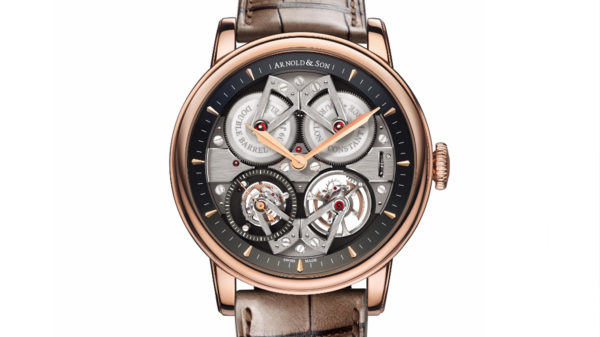
We invented a constant force mechanism which is both pleasing to the eye — it rotates around itself in 60 seconds, like a tourbillon cage, but by jumping every second — and extremely efficient. The movement is perfectly symmetrical and still uses the available space in the best possible manner Therefore, neither the aesthetic nor the functionality of the movement had to suffer any compromise. This was not an easy feat. In addition, only selected elements are shown on the dial side, which gives a unique and very technical look to the movement.

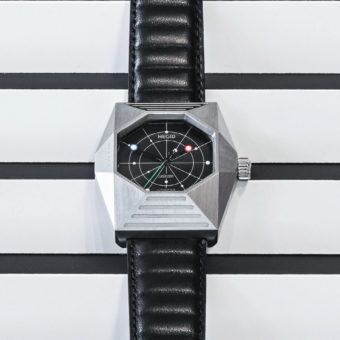

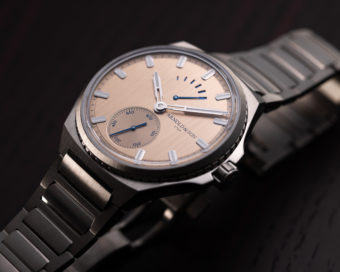
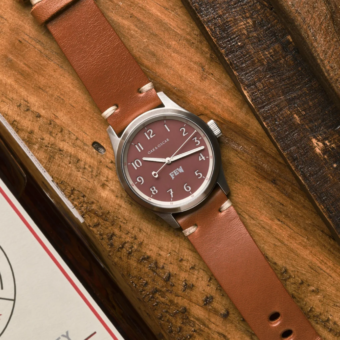
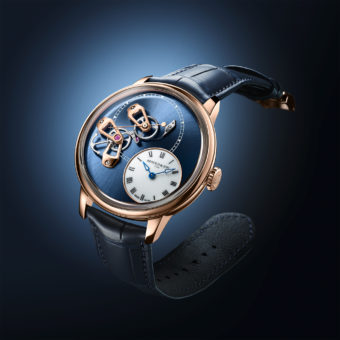
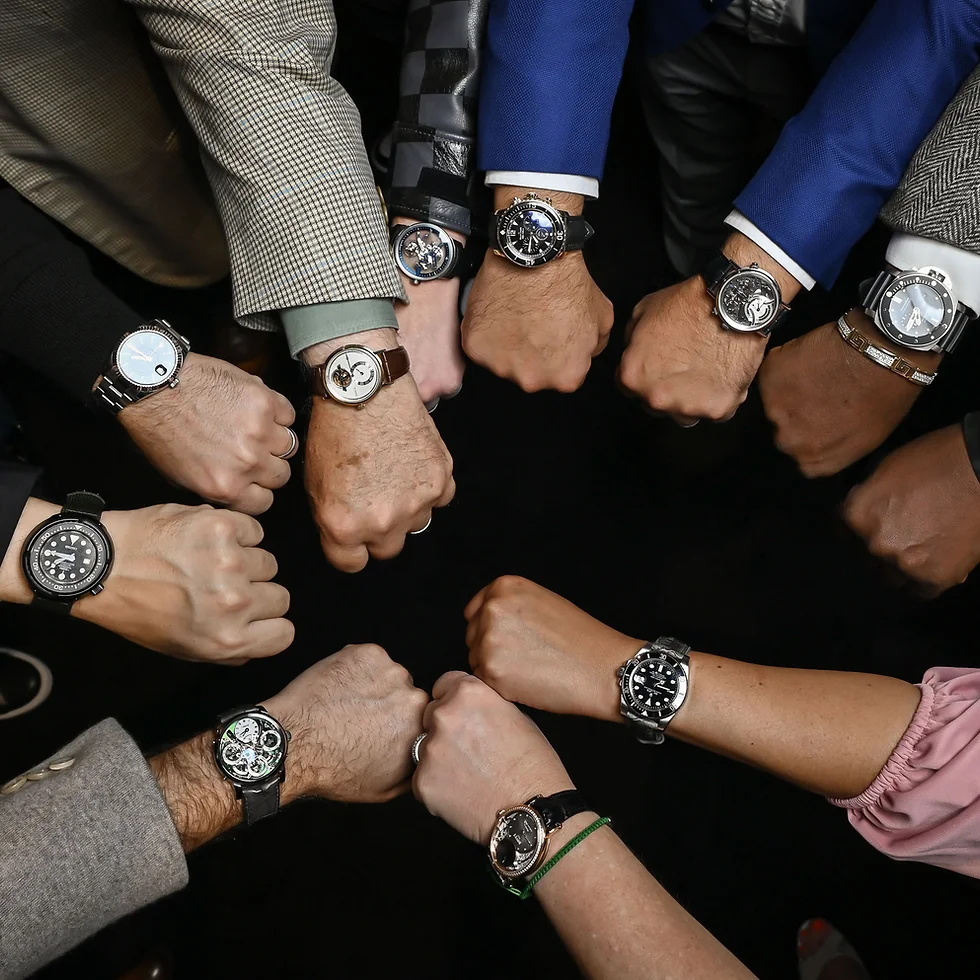
Great article. Has Sébastien Chaulmontet left Arnold & Son and La Joux Perret? I have not heard of Sellita SA.